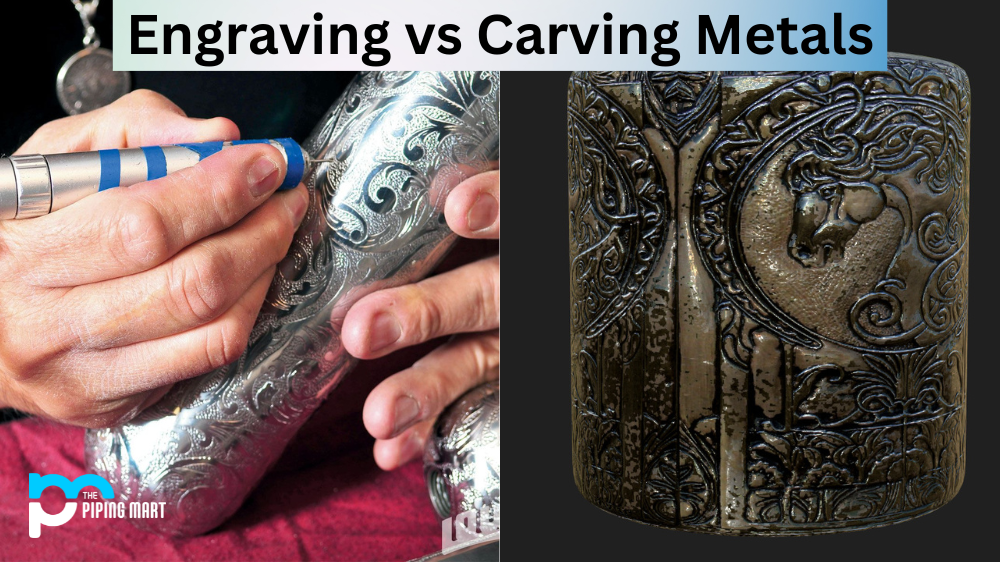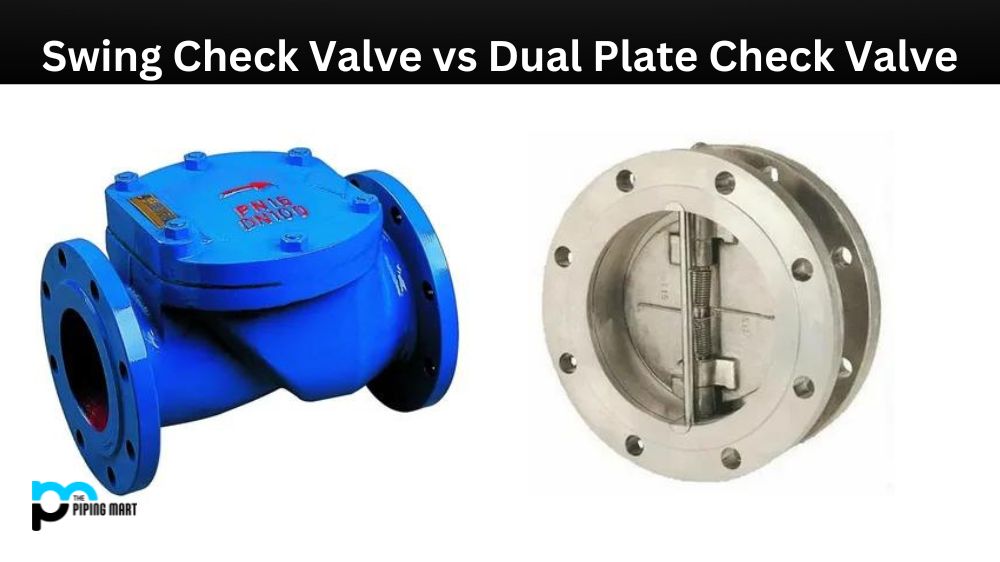Metalworking is a craft that has been around since ancient times, one which requires skill, precision, and the right tools. There are two distinct techniques for working with metal—engraving and carving—and each offers different benefits depending on your project type. Let’s take a closer look at what engraving and carving involve.
Engraving Metal
Engraving involves using cutting tools to create a design on a metal surface. This process can be done by hand or machine, with manual engravers using chisels to create the desired shape while machines use diamond-tipped styluses that vibrate at high speeds. Engraved surfaces often have intricate detail work, which can make them appear more polished than carved surfaces. This makes engravings ideal for decorative pieces such as jewelry or art objects that need an extra layer of sophistication. Additionally, because engravings require less material to be removed from the surface, they tend to be less time-consuming and cost-effective for smaller projects.
Carving Metal
Carving metals requires removing larger amounts of material from the surface of the metal. It’s usually done with chisels, but some carvings may need to be done with powered equipment such as grinders or drill presses. Carved surfaces usually have bolder shapes, giving them a more rustic feel than engraved pieces. Carvings are best suited for large projects such as sculptures or architectural details where you want to make a big impact quickly without spending too much time on fine details. Furthermore, because less precise tools are used in the carving process, it tends to be more cost-effective than engraving if you don’t require lots of intricate details in your finished product.
Difference Between Engraving and Carving
The main difference between engraving and carving is the tools that are used to create the designs. Engraving uses a sharp tool to cut into the surface of the material, while carving uses a carving tool to remove material from the surface.
Advantages of engraving
Engraving has several advantages over carving. First, engraving can be done on harder materials, such as metal and stone. Second, engraving produces cleaner lines and sharper details than carving. Finally, engraving is less likely to damage the material than carving.
Advantages of carving
Carving has several advantages over the engraving. First, carving can be done on softer materials like wood and plastic. Second, the carving is less likely to damage the material than engraving. Finally, carving can be done faster than engraving.
Disadvantages of Engraving and Carving
There are also some disadvantages to both engraving and carving. First, both processes require expensive tools. Second, both processes can damage the material if not done carefully. Finally, both processes can produce dust that can be harmful to your health if inhaled.
Conclusion
Whether you are creating decorative pieces or large sculptures, choosing between engraving and carving metals is an important decision that will affect both the quality and cost of your finished product. While both techniques offer unique advantages depending on your project requirements, understanding how each work will help ensure you get great results every time!

A passionate metal industry expert and blogger. With over 5 years of experience in the field, Palak brings a wealth of knowledge and insight to her writing. Whether discussing the latest trends in the metal industry or sharing tips, she is dedicated to helping others succeed in the metal industry.




